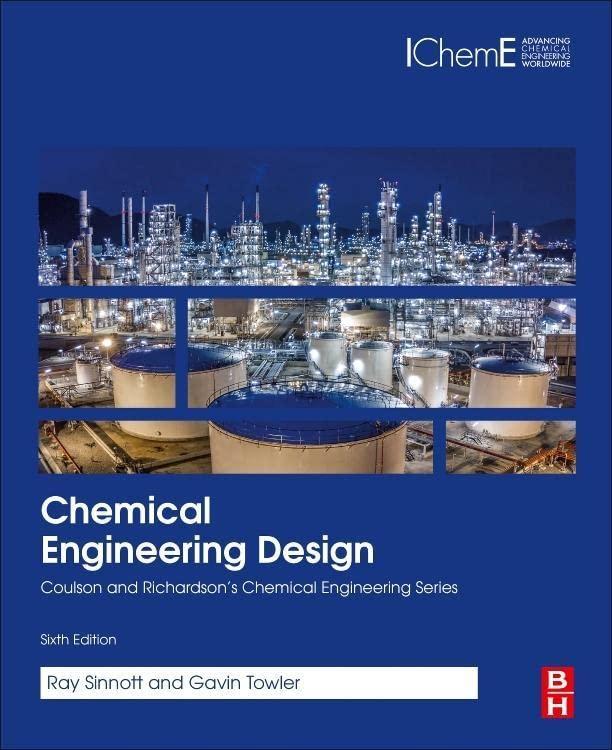A gasoline surge drum has capacity 4 m 3 (1060 gal) and is normally operated 50% full
Question:
A gasoline surge drum has capacity 4 m3 (1060 gal) and is normally operated 50% full at 40°C (100°F) under 20 bar absolute pressure (280 psig) of hydrogen in the head space and using a level controlled outflow as shown in Figure 9.10a. Gasoline of specific gravity 0.7 is pumped into the surge drum at a normal flow rate of 130 m3/hr. Assuming the aspect ratio of the vessel (ratio length/diameter) is 3.0 and the heat of vaporization of gasoline is 180 BTU/lb, evaluate the relief loads for the blocked outflow and external fire cases and hence determine the relief valve size. (In practice, gasoline contains many components that boil over a wide range of temperatures at the design pressure and a more complex calculation is needed than is given here).

Blocked outlet case

External fire case
If the vessel has a hemispherical head, then:

Assume Fe = 1

So, the external fire case has the higher relieving load and governs the design.
If the vent line discharges to a flare system at atmospheric pressure, then:

so, flow in the nozzle is critical.
For hydrogen:

Assume the valve will lift when the temperature reaches 60°C (333K), Z = 1.02 for hydrogen:

From API Std. 526 we would select a “H” orifice relief valve with effective orifice area 0.785 in2. A size 2H3 carbon steel relief valve will allow a set pressure up to 740 psig in the expected range of operation temperature. In practice, however, we would have to consider two-phase flow due to entrainment of boiling liquid with the vapour and might select a larger orifice size after more detailed design.
Step by Step Answer:

Chemical Engineering Design
ISBN: 9780081025994
6th Edition
Authors: Ray Sinnott, R.K. Sinnott, Sinnott Gavin Towler





